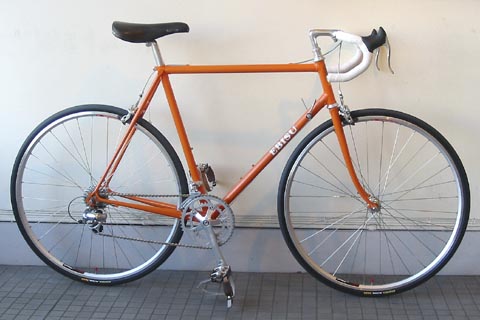When selecting components I keep three criteria in mind. Functionality, quality and looks. By functionality I mean exactly that, the component must function well. By quality I mean that the component will not break down easily. Finally, the least important criteria, looks. Looks is a self explanatory criteria and an individual decision. What I like the look of someone else may not and vice versa. If I am stuck choosing between two components that have the functionality and quality covered, then I'd go to looks for the tie breaking decision.
One thing I don't really consider is weight. For me, weight is not really much of a concern. I give more credence to function and quality over weight. I like to compete with myself when I ride by improving ride times, but I can do that through training. Carry a bit of extra weight in parts isn't going to increase my speed that significantly. Grant Peterson made a great
excel chart that shows how insignificant frame and component weights are when you take into account a bicycle plus the weight of the rider. As well I plan on using a good sided saddle bag with this bike and who knows what all I'll carry in it.
Now I've outlined my selection guidelines, here is a list of the components I will need to select
Handle bars
Headset
Stem
Brake Levers
Saddle
Seatpost
Crankset
Chainrings
F/R Derailleurs
Shifters
Hubs
Wheels
Spokes
Chain
Pedals
Tires
Cassette
and probably a few other things I have forgotten about.
Some of these Item I have already begun procuring and others I have yet to make a decision on. In future posts I'll write about my thoughts on my selections.




































